WHO highlights economic, social benefits of vaccination and assistive technologies – AzerNews

Report on WHO Azerbaijan’s Media Engagement for Public Health and Sustainable Development Goals
Executive Summary
The World Health Organization (WHO) Country Office in Azerbaijan convened a meeting with national media representatives to bolster collaboration on public health initiatives. The dialogue emphasized the significant economic and social returns of health investments, directly aligning with multiple Sustainable Development Goals (SDGs). The event underscored the critical role of partnerships in achieving universal health coverage and promoting well-being for all.
Economic Imperatives for Health Investments and SDG Attainment
The briefing highlighted the substantial economic benefits derived from investments in public health, presenting a strong case for advancing SDG 3 (Good Health and Well-being) and SDG 8 (Decent Work and Economic Growth).
- Immunization Programs: An investment of $1 in vaccination yields an approximate return of $52. This contributes to SDG 3 by preventing disease and supports SDG 8 by fostering a healthier, more productive population and reducing healthcare-related economic burdens.
- Assistive Technologies: An investment of $1 in assistive technologies generates a return of approximately $9 for families and society. This directly supports SDG 10 (Reduced Inequalities) by enhancing the quality of life and societal participation for individuals with disabilities, while also contributing to the health and well-being targets of SDG 3.
WHO Strategic Priorities in Azerbaijan: An SDG-Focused Approach
The WHO Country Office outlined its key focus areas, each intrinsically linked to the 2030 Agenda for Sustainable Development. The initiatives aim to build a robust and equitable health system in Azerbaijan.
- Building Climate-Resilient Health Systems: Directly addresses SDG 13 (Climate Action) by preparing health infrastructure to withstand and adapt to the impacts of climate change, ensuring the continuity of care and protecting public health.
- Expanding Access to Assistive Technologies: Aligns with SDG 3 and SDG 10, promoting health equity and reducing inequalities by ensuring individuals with disabilities have the tools needed for full participation in society.
- Supporting Immunization Efforts: A core component of achieving SDG 3, specifically Target 3.8 on Universal Health Coverage, by ensuring access to essential vaccines for all.
- Promoting Mental Health: Contributes to SDG 3, Target 3.4, which aims to promote mental health and well-being as a fundamental aspect of overall health.
- Preventing and Managing Noncommunicable Diseases (NCDs): Directly supports SDG 3, Target 3.4, by working to reduce premature mortality from NCDs through prevention and treatment.
Fostering Partnerships for the Goals (SDG 17)
The meeting emphasized the importance of multi-stakeholder collaboration, a central tenet of SDG 17 (Partnerships for the Goals). Dr. Hande Harmanci, WHO Representative, identified the media as a key partner in disseminating accurate and timely health information, stating, “A healthier society is only possible with your involvement.” This partnership is crucial for fostering informed public discourse and mobilizing collective action towards achieving national health objectives and the broader Sustainable Development Goals. The event established a foundation for continued cooperation between the WHO and the national press to advance public health in Azerbaijan.
1. Which SDGs are addressed or connected to the issues highlighted in the article?
The article highlights several public health initiatives and partnerships that connect to the following Sustainable Development Goals:
-
SDG 3: Good Health and Well-being
This is the most prominent SDG in the article. It is directly addressed through the discussion of vaccination programs, access to assistive technologies, promotion of mental health, prevention of noncommunicable diseases, and building climate-resilient health systems. The core theme is improving public health outcomes in Azerbaijan through various WHO initiatives.
-
SDG 13: Climate Action
This goal is connected through the specific mention of “Building climate-resilient health systems” as one of WHO’s key focus areas. This initiative aims to prepare the healthcare sector to withstand and respond to the health challenges posed by climate change.
-
SDG 17: Partnerships for the Goals
This SDG is addressed through the central theme of the article, which is the collaboration between the World Health Organization (WHO) and national media representatives in Azerbaijan. The meeting’s purpose was to “strengthen health communication” and foster a “continued partnership” to promote public health, which exemplifies a multi-stakeholder partnership.
2. What specific targets under those SDGs can be identified based on the article’s content?
Based on the article’s content, the following specific targets can be identified:
-
Target 3.4: Reduce by one-third premature mortality from non-communicable diseases through prevention and treatment and promote mental health and well-being.
This target is directly supported by the article’s mention of WHO’s key focus areas in Azerbaijan, which include “promoting mental health” and “preventing and managing noncommunicable diseases.”
-
Target 3.8: Achieve universal health coverage, including financial risk protection, access to quality essential health-care services and access to safe, effective, quality and affordable essential medicines and vaccines for all.
The article’s emphasis on “supporting immunization efforts” and “expanding access to assistive technologies” directly relates to providing access to essential health services and technologies for all.
-
Target 3.b: Support the research and development of vaccines and medicines… provide access to affordable essential medicines and vaccines.
The focus on “vaccination programs” and “immunization efforts” aligns with this target’s goal of ensuring access to vaccines.
-
Target 3.d: Strengthen the capacity of all countries… for early warning, risk reduction and management of national and global health risks.
The initiative of “Building climate-resilient health systems” is a direct action towards strengthening a country’s capacity to manage health risks, particularly those exacerbated by climate change.
-
Target 13.1: Strengthen resilience and adaptive capacity to climate-related hazards and natural disasters in all countries.
This target is addressed by the focus on creating “climate-resilient health systems,” which is a crucial component of a nation’s overall resilience to climate-related hazards.
-
Target 17.17: Encourage and promote effective public, public-private and civil society partnerships.
The entire event described in the article, a meeting between WHO (a public international organization) and “national media representatives” (civil society/private sector) to “explore new opportunities for collaboration,” is a clear example of this target in action.
3. Are there any indicators mentioned or implied in the article that can be used to measure progress towards the identified targets?
Yes, the article mentions both explicit and implied indicators:
-
Economic Return on Investment in Vaccination (Explicit)
The article states, “for every $1 invested in vaccination programs, approximately $52 is returned.” This is a specific financial indicator that can be used to measure the economic efficiency and benefit of immunization programs, relating to Target 3.8 and 3.b.
-
Economic Return on Investment in Assistive Technologies (Explicit)
The article provides the figure that “Every $1 spent on assistive technologies returns around $9 to families and society.” This is a socio-economic indicator measuring the value and impact of providing access to these technologies, relating to Target 3.8.
-
Implementation of Public Health Programs (Implied)
The existence of WHO-supported initiatives such as those for “promoting mental health,” “preventing and managing noncommunicable diseases,” and “Building climate-resilient health systems” serves as an indicator of action and commitment towards Targets 3.4 and 3.d.
-
Establishment of Partnerships (Implied)
The meeting between WHO and the media, described as a “positive step toward continued partnership,” serves as an indicator of progress towards Target 17.17. The frequency of such meetings and the development of collaborative projects could be used to measure the strength of this partnership.
4. Create a table with three columns titled ‘SDGs, Targets and Indicators” to present the findings from analyzing the article.
| SDGs | Targets | Indicators |
|---|---|---|
| SDG 3: Good Health and Well-being |
3.4: Reduce mortality from NCDs and promote mental health.
3.8: Achieve universal health coverage, including access to vaccines and assistive technologies. 3.b: Provide access to affordable essential vaccines. 3.d: Strengthen capacity for management of national and global health risks. |
Implementation of programs for “promoting mental health” and “preventing and managing noncommunicable diseases.” (Implied)
Economic return on investment in assistive technologies: “$9 return for every $1 spent.” (Explicit) Economic return on investment in vaccination: “$52 return for every $1 invested.” (Explicit) Implementation of initiatives for “Building climate-resilient health systems.” (Implied) |
| SDG 13: Climate Action | 13.1: Strengthen resilience and adaptive capacity to climate-related hazards. | Existence of the “Building climate-resilient health systems” focus area. (Implied) |
| SDG 17: Partnerships for the Goals | 17.17: Encourage and promote effective public, public-private and civil society partnerships. | Collaboration and meetings between WHO and national media to “strengthen health communication.” (Implied) |
Source: azernews.az

What is Your Reaction?
 Like
0
Like
0
 Dislike
0
Dislike
0
 Love
0
Love
0
 Funny
0
Funny
0
 Angry
0
Angry
0
 Sad
0
Sad
0
 Wow
0
Wow
0

-1920w.png?#)








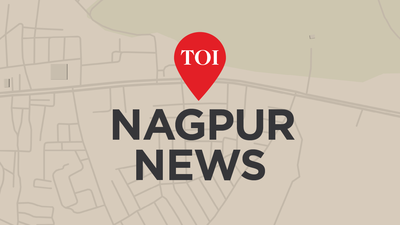




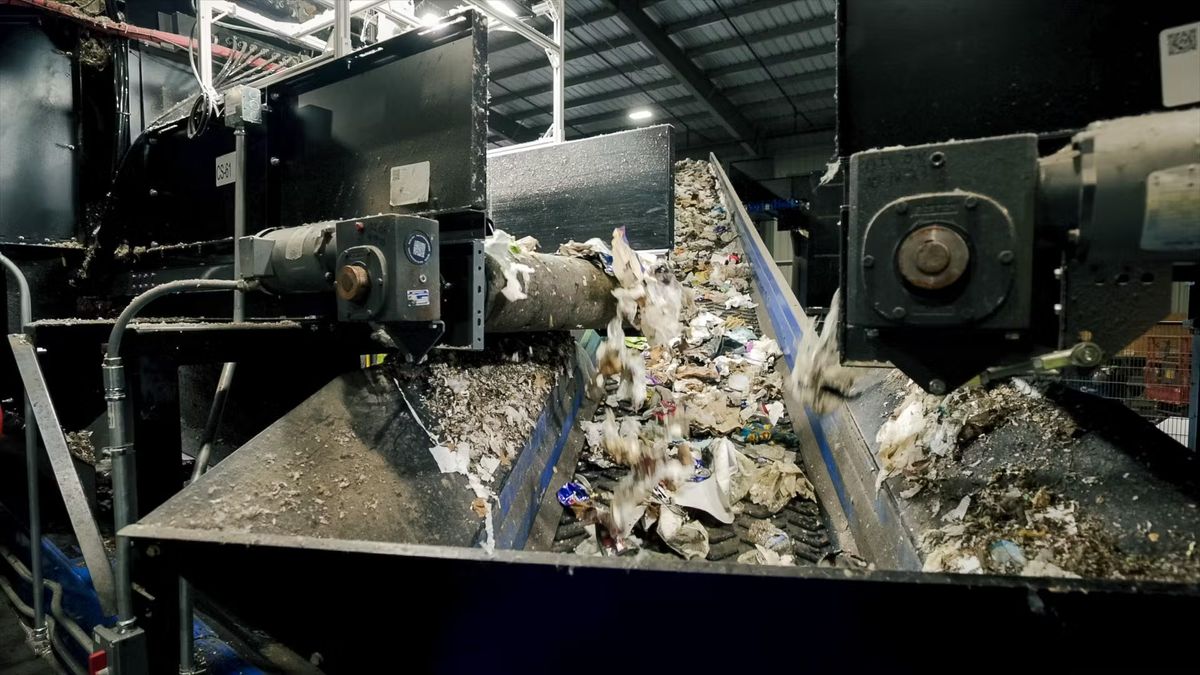









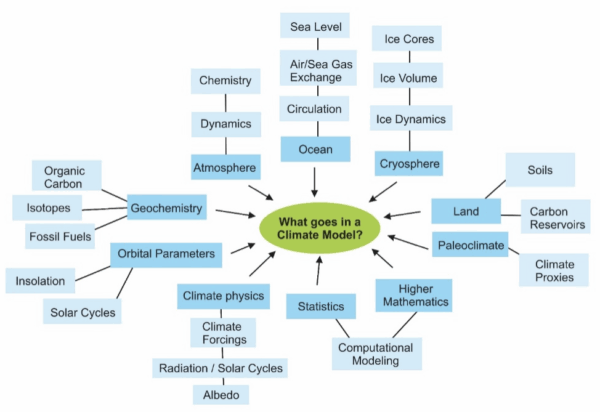


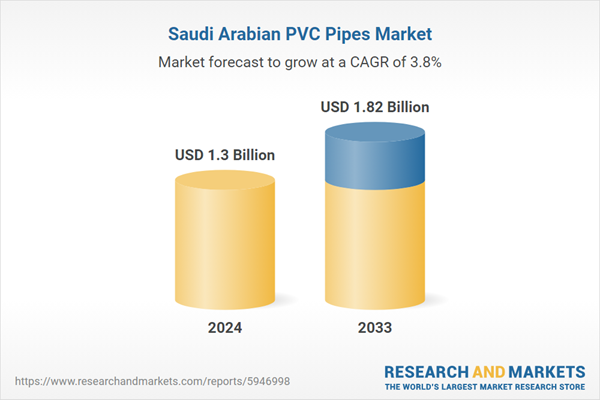





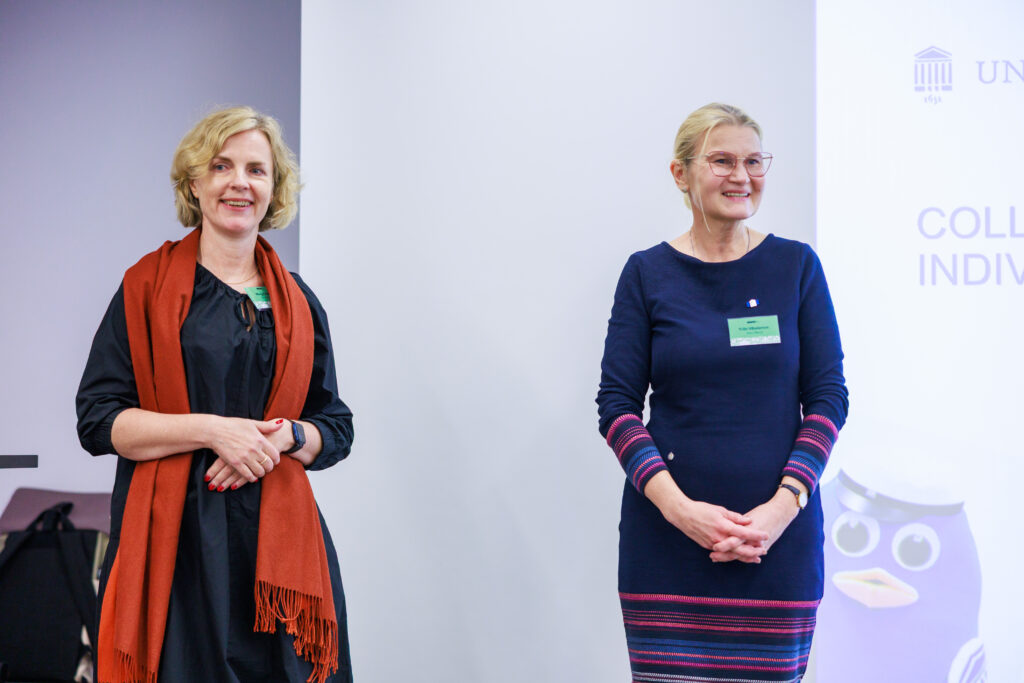













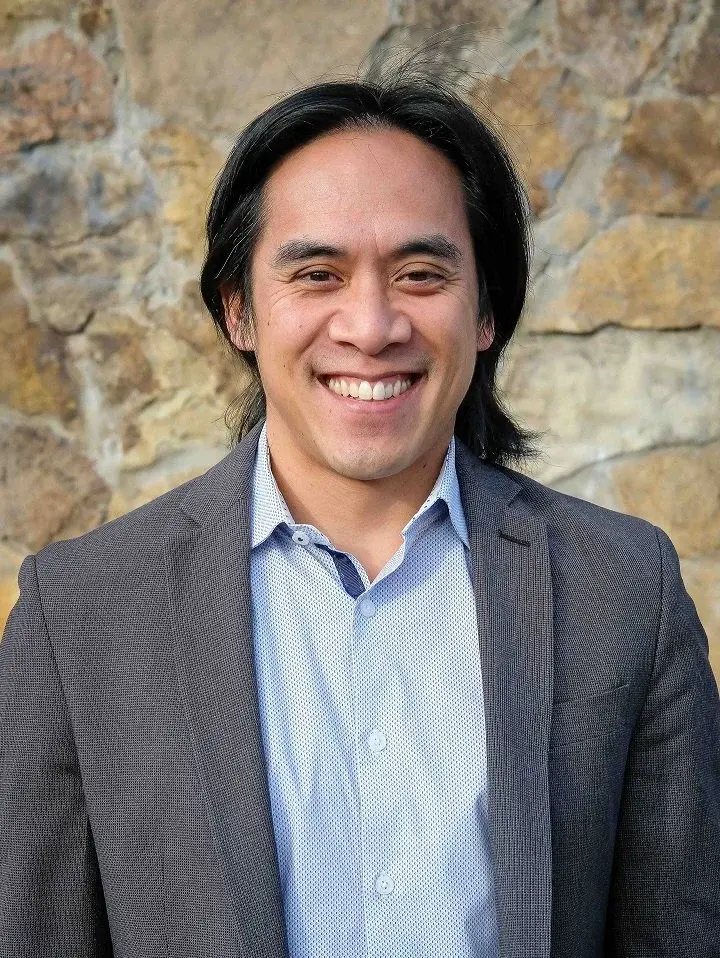






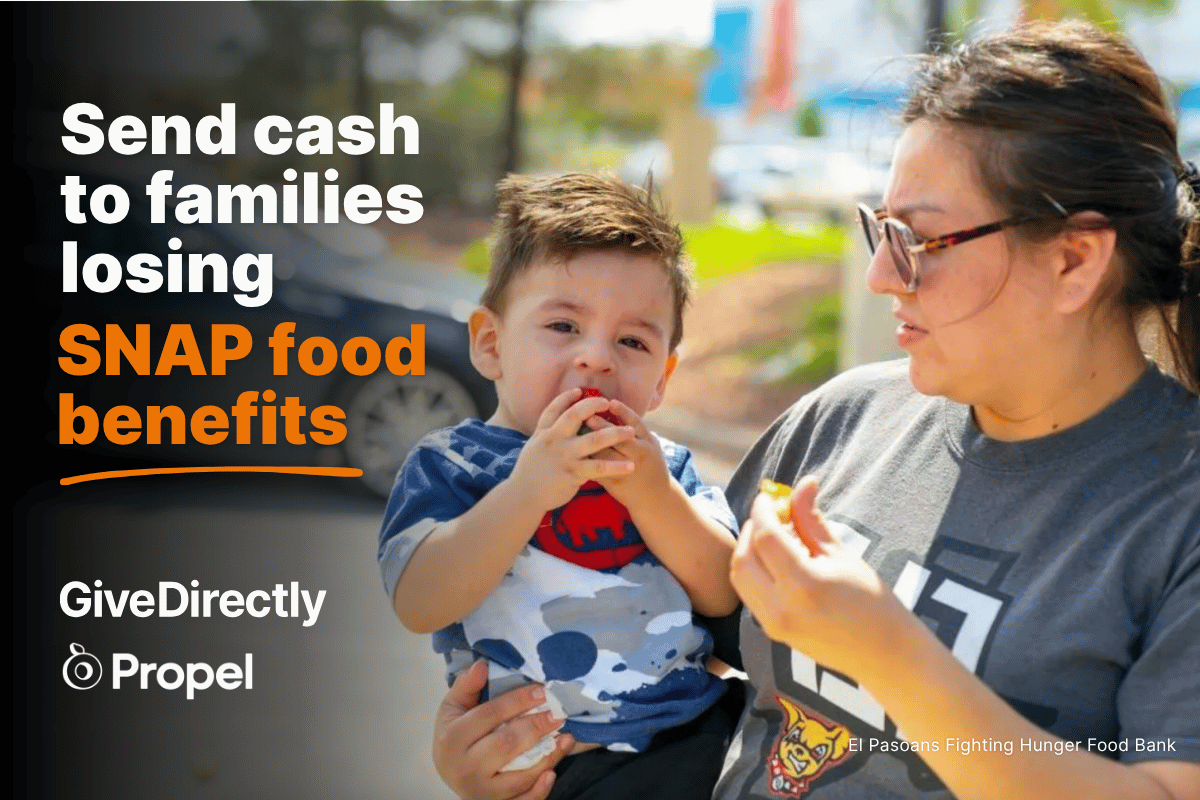





![National Conference on Child Labour in Iraq: Towards a National Strategy to Protect Children and Promote Decent Work [EN/AR] – ReliefWeb](https://reliefweb.int/sites/default/files/styles/large/public/previews/cc/e2/cce257fa-262b-4f65-aca1-dad73b7825c3.png?#)






.png?#)









